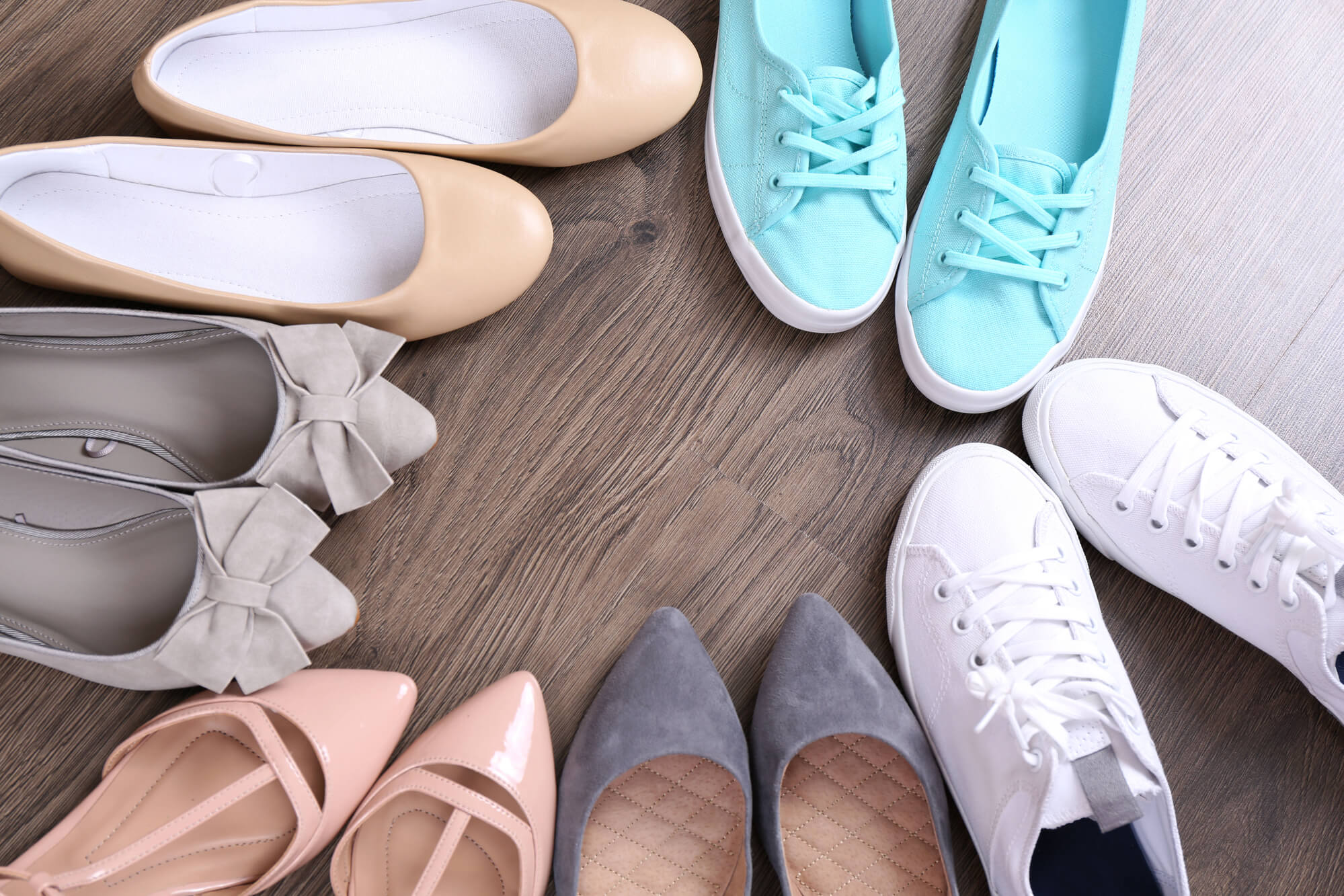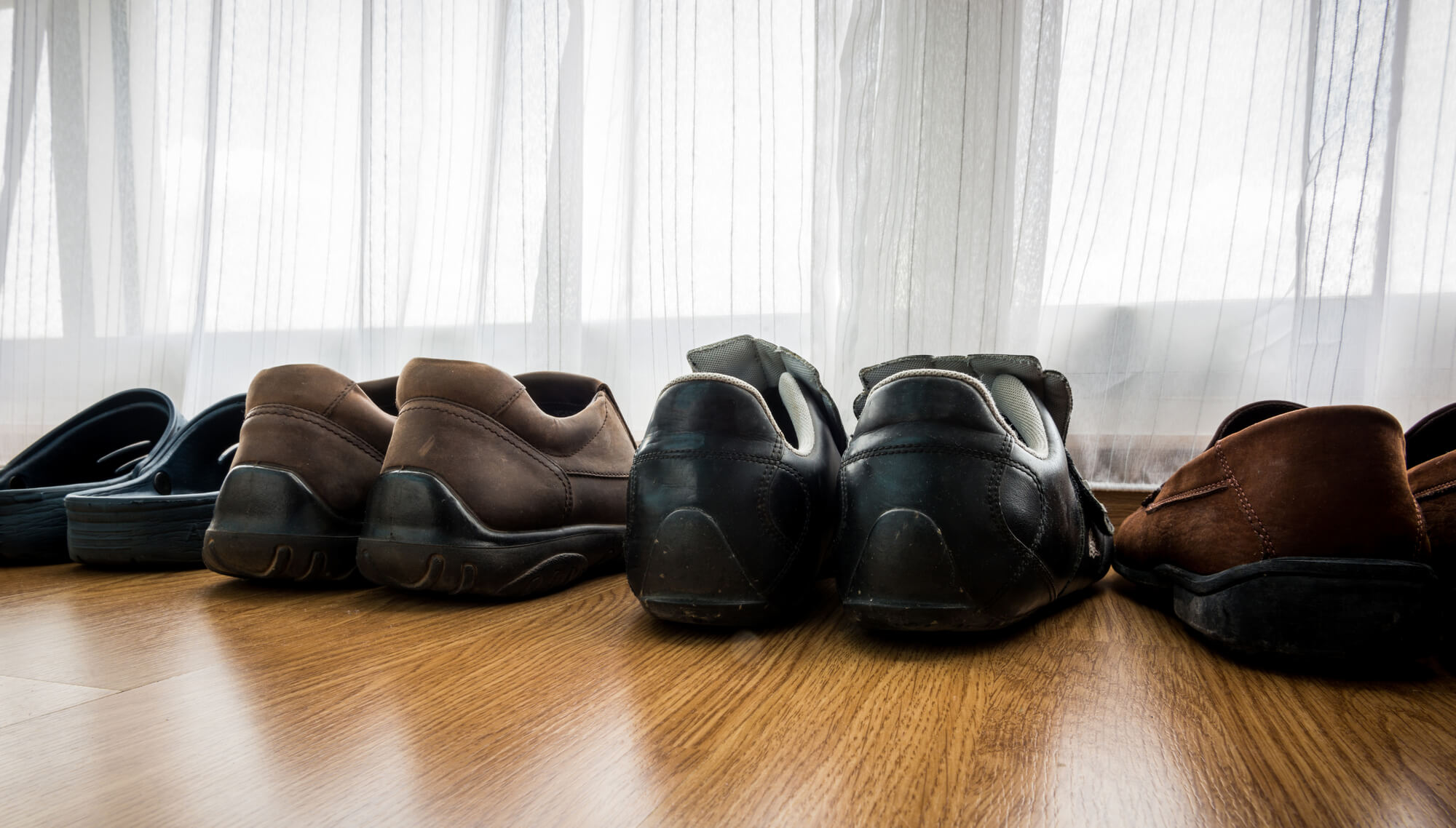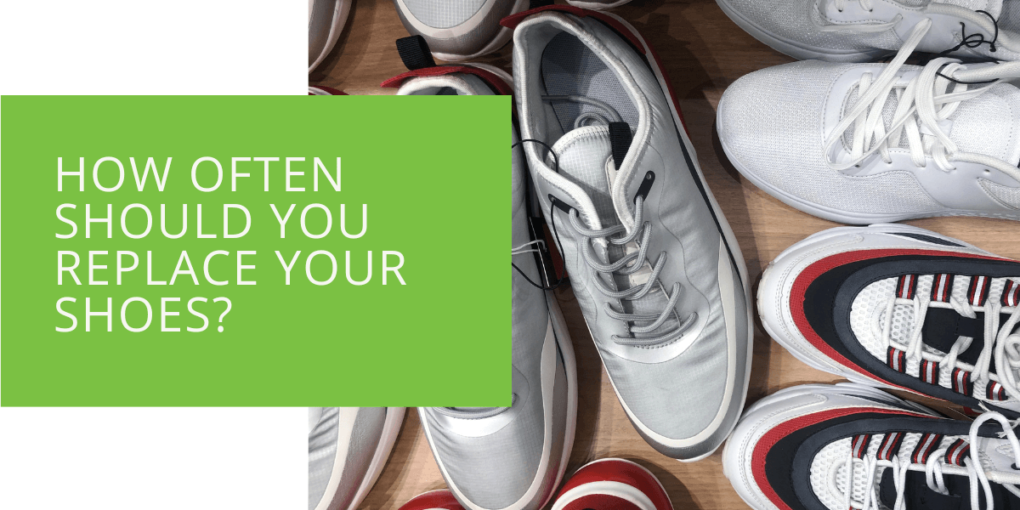How Often Should You Replace Your Shoes?
We often encounter patients who wear shoes that are worn out or do not fit properly. Wearing the right shoes is crucial for maintaining good foot health. However, it can be challenging to know when to replace your shoes. This article will discuss how often you should replace your shoes and the factors to consider.
The quick answer is that the frequency at which you should replace your shoes depends on several factors, including foot type, frequency of use, and activity. For example, your shoes may wear out more quickly if you engage in activities involving many impacts, such as basketball or aerobics.
Signs that your shoes need to be replaced include physical wear and tear, changes in shoe fit, and foot pain or discomfort. It's important to choose shoes made from durable materials and features that are appropriate for the activity you'll be doing. By following the tips for prolonging the lifespan of your shoes and consulting with a podiatrist, you can ensure that your shoes provide the support and protection your feet need.
Factors to Consider
There are several factors to consider when deciding when to replace your shoes.
- Foot Type and Footwear: Your foot type and the type of footwear you use are important factors in shoe wear and tear. Flat feet or high arches can cause excessive wear on shoes. If you wear shoes not designed for your foot type, they can wear out more quickly. Running shoes, for example, are designed to absorb impact and provide cushioning. If you wear running shoes for walking or other activities, they may wear out more quickly.
- Frequency of Use: Frequent use is another factor to consider when deciding when to replace your shoes. If you wear a particular pair of shoes every day, they may wear out more quickly than if you only wear them once a week. If you exercise regularly, your athletic shoes may need to be replaced more often. Running shoes, for example, should be replaced every 300-500 miles, depending on the type of surface you run on.
- Type of Activity: Your activity also affects shoe wear and tear. Different activities put different levels of stress on shoes. If you engage in activities involving many impacts, such as running or jumping, your shoes may wear out more quickly. If you engage in activities involving many lateral movements, such as tennis, your shoes may wear out more quickly in the heel area.

Signs It's Time to Replace Your Shoes
Here are some signs that your shoes need to be replaced:
- Physical wear and tear: Look for signs of excessive wear and tear, such as worn-out treads, holes, or separation of the sole from the upper.
- Changes in shoe fit: If your shoes feel tighter or looser than usual, or if your feet slip around in your shoes, it may be time for a new pair.
- Presence of foot pain or discomfort: If you experience foot pain or discomfort, such as heel pain or shin splints, it may be a sign that your shoes no longer provide the support you need.
Tips for Prolonging the Lifespan of Your Shoes
Here are some tips for prolonging the lifespan of your shoes:
- Proper shoe storage: Store your shoes in a cool, dry place away from direct sunlight. Avoid storing them in a damp or humid area, as this can cause mold and mildew.
- Regular cleaning and maintenance: Clean your shoes regularly to remove dirt and debris that can cause premature wear. Use a soft-bristled brush or a damp cloth to clean your shoes. Allow them to air dry before wearing them again.
- Using shoe inserts or insoles: Shoe inserts or insoles can help prolong the life of your shoes by providing extra cushioning and support. They can also help prevent foot pain and discomfort.

Types of Footwear
Different types of footwear have different lifespans, depending on their materials and construction. Here are some of the most common types of footwear and how their lifespan can be affected by their design and materials:
Sandals
Sandals are usually made from lightweight leather, synthetic materials, or rubber. They can be comfortable and breathable, but they may not provide as much support or durability as other types of footwear. Sandals may need to be replaced more frequently if they're worn frequently or if they're exposed to moisture.
Boots
Boots are often made from leather or synthetic materials and can provide good support and durability. They can be expensive but may last several years with proper care. The quality of the materials and construction can affect the boots' lifespan. Higher-quality boots are usually made from thicker leather or more durable synthetic materials and may have features such as reinforced stitching or a steel toe for added durability.

Dress Shoes
Dress shoes are usually made from leather or synthetic materials and can be expensive. They may not be as durable as other types of footwear, as they're often designed for style rather than comfort or support. Dress shoes may need to be replaced more frequently if they're worn frequently or if they're not taken care of properly.
Sneakers
Sneakers are often made from synthetic materials or mesh and can provide good support and cushioning. The quality of the materials and construction can affect the sneakers' lifespan. Higher-quality sneakers may have reinforced stitching or additional cushioning in high-stress areas for added durability.
Choosing the right type of footwear for your needs and properly caring for your shoes to prolong their lifespan is important. Make sure you choose shoes made from durable materials and features that are appropriate for the activity you'll be doing. Take care of your shoes by cleaning and storing them properly, and replace them when signs of wear and tear appear to prevent foot problems and maintain good foot health.
Conclusion
Replacing your shoes regularly is important for maintaining good foot health. The replacement frequency depends on several factors, including foot type, frequency of use, and the activity you engage in. Signs that your shoes need to be replaced include physical wear and tear, changes in shoe fit, and foot pain or discomfort. By following the tips for prolonging the lifespan of your shoes, you can ensure that your shoes provide the support and protection your feet need. If you have any concerns about your foot health or the condition of your shoes, be sure to

